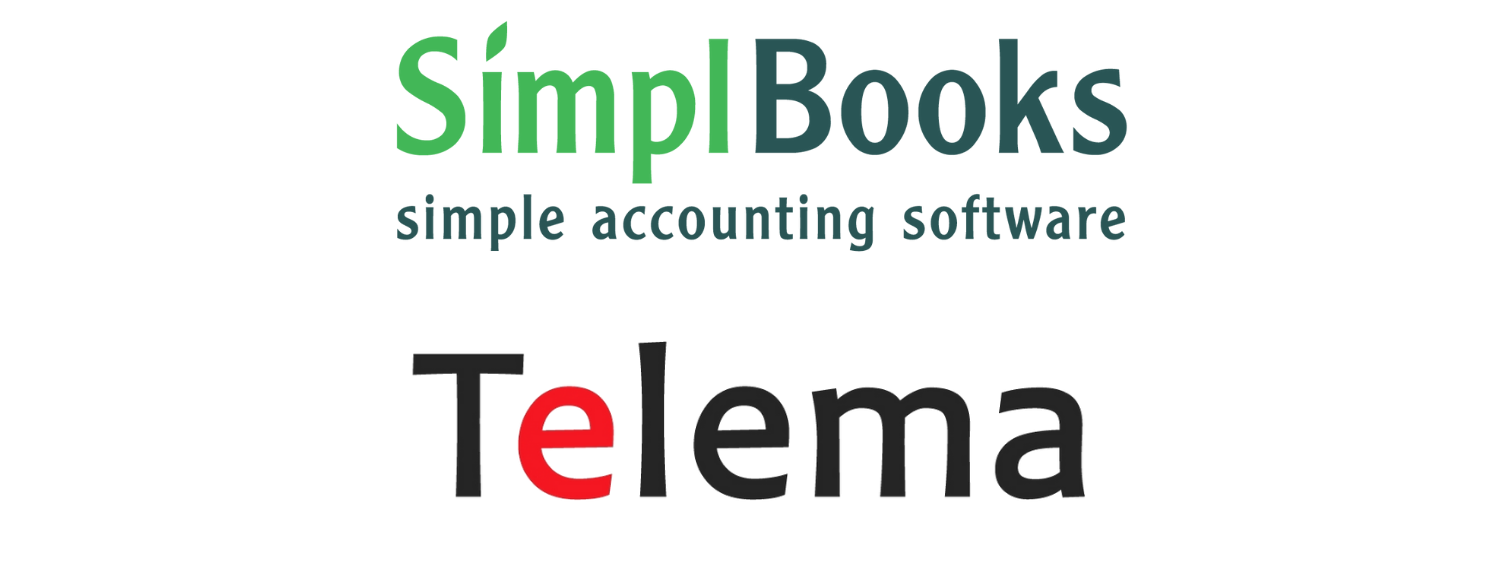SimplBooks becomes a Certified Telema Partner – EDI now accessible for small businesses

For a long time, electronic data interchange (EDI) solutions were seen as tools only for large enterprises and major retail chains. That’s changing. SimplBooks, a popular accounting software for SMEs, is bringing the benefits of automation and error-free document exchange to smaller businesses.
Since February 2022, SimplBooks has been a Certified Partner of Telema. This certification means that SimplBooks customers can now activate EDI quickly, effortlessly, and at a reasonable cost.
Why this matters
Retail chains in Estonia are increasingly moving towards electronic channels to reduce costs and minimize errors caused by manual data entry. Thanks to the SimplBooks–Telema integration, small producers and resellers now have the same opportunity:
-
lower costs from less manual work,
-
fewer mistakes in orders and invoices,
-
faster, more secure data flow with retail partners.
With EDI built into their everyday accounting software, even the smallest businesses can connect seamlessly with the biggest retail chains.
What does the integration enable?
-
One-click order handling: Orders arriving through the Telema system appear directly in SimplBooks. With just one click, businesses can process them.
-
Automatic product validation: When saving sales orders, SimplBooks checks products against the supplier’s catalog and notifies users if there are mismatches.
-
Flexible document exchange: Depending on agreement, partners can use either the 2DOC or 4DOC solution.
2DOC solution: Buyer sends the order, supplier returns the invoice via Telema.
4DOC solution: In addition to order and invoice, despatch advice and receiving advice are also exchanged – creating a fully traceable supply chain.
Benefits of using EDI with SimplBooks
-
Efficiency: No more emailing documents, uploading/downloading attachments, or manual re-entry.
-
Accuracy: Documents are validated and errors are caught early.
-
Security: Data exchange is safe and automatic.
With EDI, small businesses gain the same level of professionalism and reliability as larger players in the market.
A strong partnership for SMEs
Becoming a Certified Telema Partner means SimplBooks has successfully developed and tested the Telema EDI Module within its system. Certification also ensures that activation is faster, cheaper, and more reliable for customers .
SimplBooks recommends Telema EDI – and now makes it accessible to everyone, not just the big players.